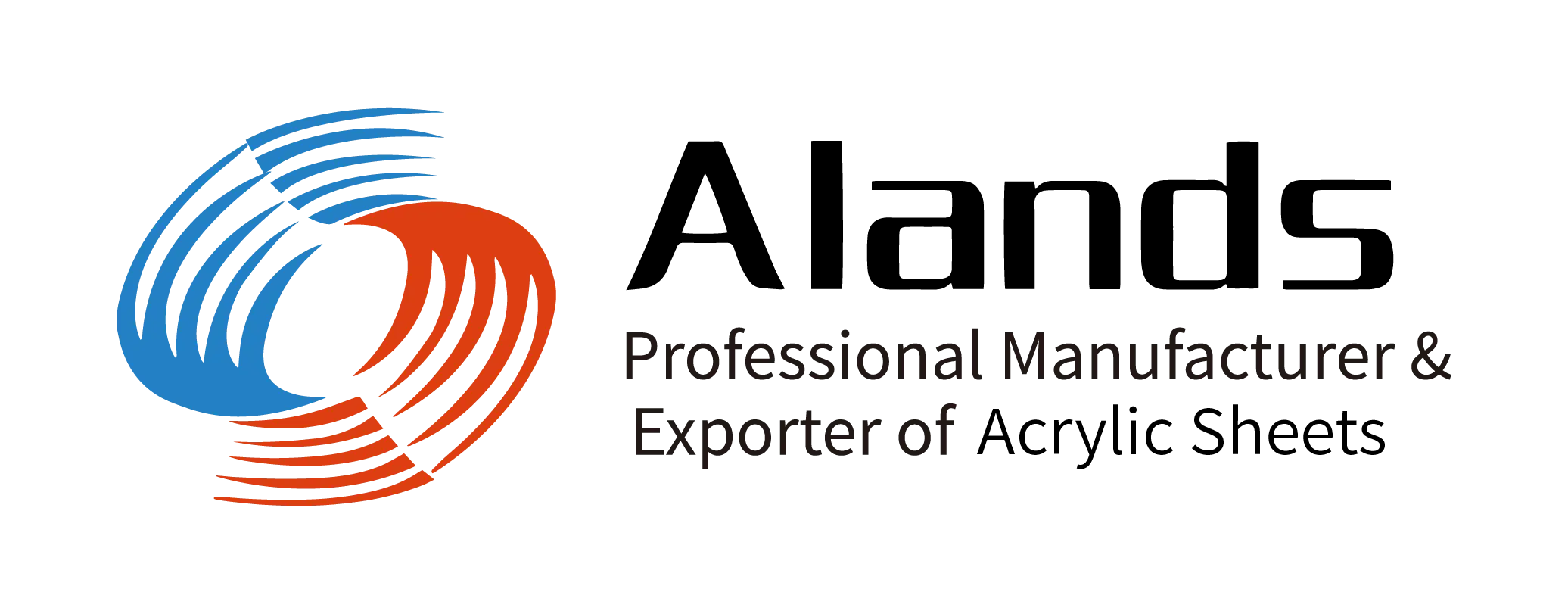What are the disadvantages of Perspex sheets?
Like any material, Perspex sheets (cast acrylic) come with a few inherent limitations. These do not necessarily mean the material is unsuitable — in fact, acrylic remains one of the most popular plastic sheets in global markets thanks to its optical clarity, strength-to-weight ratio, and versatility.
However, understanding these limitations is key to using it correctly and extending its lifespan.

As a professional manufacturer of acrylic sheets, we believe it’s our responsibility not only to supply high-quality products but also to help our clients avoid common pitfalls, optimize performance, and select the right materials for each application scenario. Here’s a breakdown of typical disadvantages — and how we solve them:
1. Easier to scratch than glass
Acrylic surfaces are more prone to scratches compared to tempered glass.
Our solution: We offer anti-scratch coated sheets for high-contact areas, and recommend protective films during handling and installation.
2. Can crack under high stress or improper drilling
Unlike polycarbonate, acrylic is more rigid and can crack if drilled incorrectly or installed without proper expansion gaps.
Our solution: We provide machining guidelines, CNC pre-cutting services, and cast-grade PMMA with higher flexibility for safer fabrication.
3. Less heat-resistant than some engineering plastics
Standard acrylic may begin to deform at temperatures above ~80°C.
Our solution: For high-temperature environments, we offer modified acrylic sheets or recommend switching to polycarbonate or ABS, depending on the project.
4. UV yellowing in low-grade acrylic
Low-quality extruded acrylic may yellow over time with UV exposure.
Our solution: All our clear Perspex sheets are made from 100% virgin PMMA with UV stabilizers, ensuring long-term outdoor clarity.
5. Static attracts dust
Acrylic builds up static charge, which can attract dust particles.
Our solution: We can supply anti-static acrylic on request, and offer care kits with cleaning agents and soft cloths for maintenance.
At AlandsAcrylic, we believe that understanding the limits of a material is the first step to engineering better performance. Our R&D, processing technology, and strict QC allow us to help our clients use acrylic in more reliable, safe, and creative ways.
If you have specific project challenges, we’re here to customize the solution.







